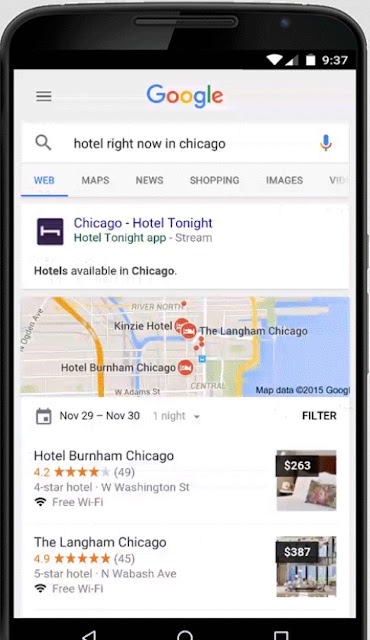YouTubes – Set of Tools to Translate Titles/Description of Videos
In an attempt of expanding its global reach, YouTube had recentlyannounced a set of latest tools in order to translate the titles and the descriptions of its massive trove of videos in multiple languages. YouTube has estimated that over 80% of its videos are viewed outside the United States and over 60% of YouTube channels’ views are from outside the country of its origin.
However, according to Vladimir Vuskovic, product manager for YouTube Globalisation, numerous videos that may have been significant to viewers have not been viewed since the search process has been limited to a single language.
Vuskovic state that YouTube, with its new tools, provides the potential for titles as well as description of the videos on its site to be displayed in multiple languages that helps with the discovery of content. YouTube has been offering three new services and those who tend to make videos could translate their titles and description together with the subtitles for videos which contain them into 76 languages inclusive of French, Spanish and Mandarin. Besides this vendors who provide translation services to Google Play developers could do the translation which according to YouTube includes translation into 57 languages.
Translation Through Crowdsourcing
YouTube has stated that it would permit viewers to do the translating through crowdsourcing wherein it would screen various answers in determining the precise translation. It informed that it potentially enabled translation into any language. Video Partnerships Manager at Vice, Jordan DeBor states that the new features have the capabilities to change fundamentally the way Vice tends to distribute its YouTube content on a global scale.
By eliminating the language barrier YouTube offers the opportunity of building new audience in local markets expanding from its existing ones’. With the support of more than 20,000 volunteer translators, TED, an important YouTube partner has experimented with crowd-sourced translations through thousands of video in over hundred languages.
They had joined the new translation tools pilot a few months back and have combined translated caption with translated titles with description for video in 11 languages for the first time.This gave rise to major growth in localized watch-time and the channel’s localized watch-time increased from 20% to 35% generally and in some cases up to 60%.
Options Important for Emerging Artists/Brands
Kristin Windbigler, Director of TED’s Open Translation Project mentioned that for over five years they have been working to remove the barrier of language from TED’s mission in extending ideas all over the world. YouTube, as one of the most important partners has pushed the boundaries in making the videos accessible as well as discoverable for viewers across the globe.
According to the company, the website Vice, in a test, translated videos in Spanish and Portuguese and observed viewing time had increase over 100%. TED director of global distribution, Deron Triff, stated that the company uploaded around 60,000 translated videos on YouTube on a single day in June, with provision of access to viewers speaking Farsi, Turkish, Russian and Vietnamese beside various other languages.
Triff has mentioned that for small associations like TED, YouTube develops an on-ramp for them to the parts of the world where they would be unable to set up relationships. A social media specialist at Digipendent Media, Daniel Aguayo mentioned that the option seems important for emerging artists as well as brands though a major steps also towards growing YouTube’s general audience.








